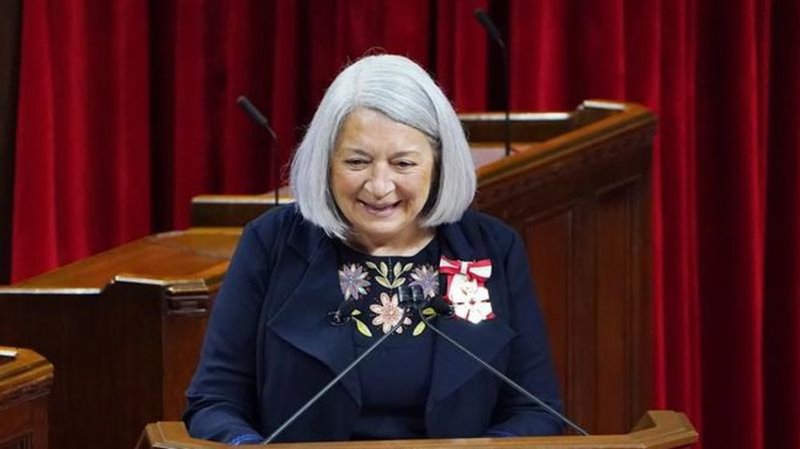
Ebony staffs, tricorn hats: throne speech traces tradition back centuries
OTTAWA — When Mary Simon, the first Indigenous governor general, delivers her first throne speech Tuesday, she will be stamping her mark on a centuries-old tradition, which traces its origins to an altercation that led to the beheading of an English monarch.
Delivered in the Senate, the ceremony surrounding the opening of Parliament harks back to a struggle in 1642 in the English House of Commons between an unpopular King and his MPs.
Canada’s throne speech closely mirrors the annual Queen’s speech in the British Parliament — “the mother of all Parliaments,” as the English like to boast.
Both are full of arcane and odd traditions, not to mention anachronistic costumes, including frock coats and tricorn hats, banging on Parliamentary doors with an ebony staff, and a reluctant Speaker dragged to his seat, in a histrionic display of mock dread at being executed.
